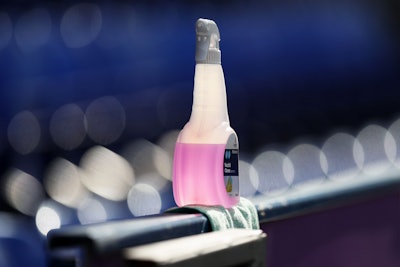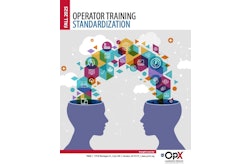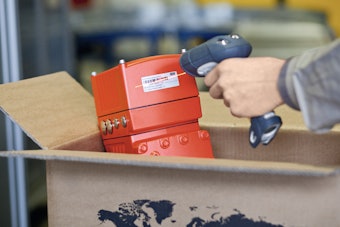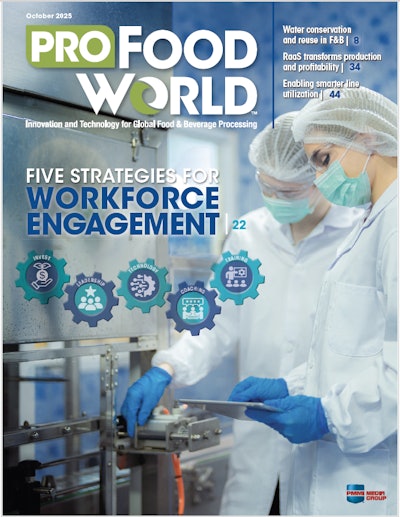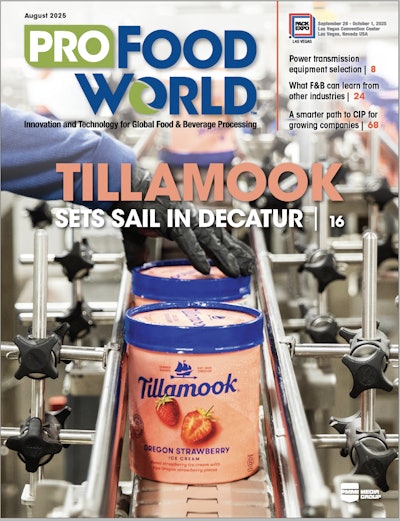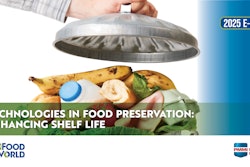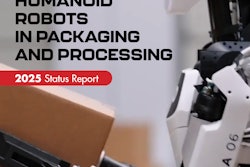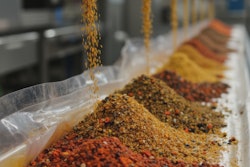Two general, primary types of sanitation strategies include wet and dry sanitation. Moreover, end users must decide whether to use clean-in-place (CIP) or clean-out-of-place (COP) methods. Wet, dry, CIP, and COP separately have their own benefits, but industry professionals indicate they use them in combination for their food and beverage operations.
That’s according to PMMI Business Intelligence’s “Food Safety and Sanitation Trends: End User, OEM, and Supplier Perspectives,” a report that explores the essentialism of adhering to food safety regulations and effectively executing sanitation strategies through information on regulations, strategies, and exclusive insight. The report’s findings are based on 130 surveys/interviews with industry professionals, 77% of whom are CPGs or contract packagers, and 23% who are OEMs and suppliers.
The Business Intelligence team’s research finds that 75% of end users report using both wet and dry sanitation processes in their operations. Meanwhile, just 18% use wet-only processes, and 7% use dry-only processes.
Both approaches have advantages and risks, and some food and beverage processes are better suited to one method over the other. This is reflected in the fact that most respondents report using both strategies. However, wet sanitation can pose challenges, including exposing sensitive components to moisture and accelerating machine wear.
“Electrical components are too often destroyed during our wet cleaning process from do-it-yourself covers. It would be more effective if the components had a custom-fitted cover to better protect from moisture penetration,” said a confectionery Director of Quality of Assurance.
As for CIP and COP, 86% of end users indicate they use a combination of both in their processes. 10% primarily use COP, while 3% primarily use CIP. CIP allows machines to remain assembled during sanitation, while COP requires machines or parts of machines to be disassembled for cleaning.
Like the decision between wet and dry sanitation strategies, the choice between CIP and COP depends on the types of machines and the nature of the processes, as well as the capabilities of employees, but combining and integrating methods seems to work for companies.
“Many machines come with CIP now, which we are purchasing due to the lack of labor available. When used alongside our central cleaning systems, we achieve more thorough sanitation,” said a Senior Engineer at a fresh on-the-go food company.
SOURCE: 2025 Food Safety and Sanitation Trends: End User, OEM, and Supplier Perspectives
For more insights from PMMI’s Business Intelligence team, find reports, including “2025 Beverage Packaging Trends“ and 2025 Performance Optimization: Insights for Packaging Line Readiness” at pmmi.org/business-intelligence.
Download the FREE executive summary below.
